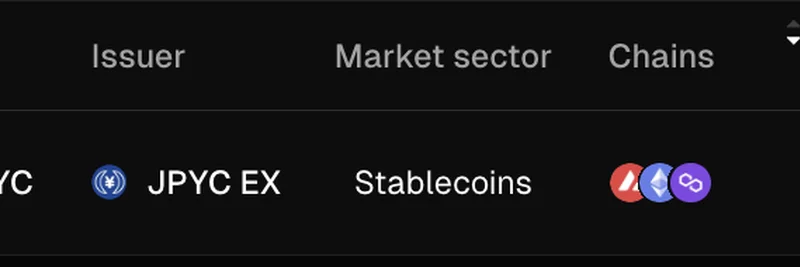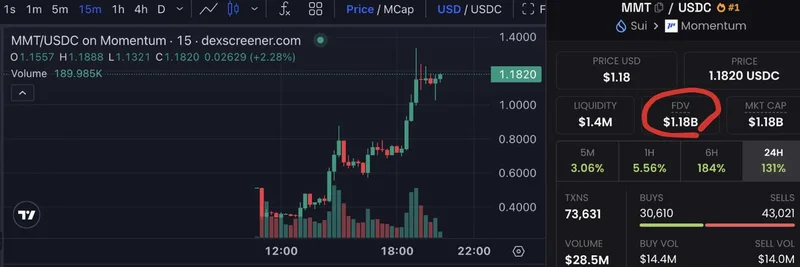Hey there, crypto enthusiasts! If you’ve been keeping an eye on the decentralized finance (DeFi) space, you’ve probably heard about Kamino’s latest move on the Solana blockchain. On July 24, 2025, Marius from Kamino dropped a fascinating update on X (link to tweet) about lowering the USDC borrow curve. This change is a big deal for borrowers and lenders alike, and we’re here at Meme Insider to break it down for you in simple terms.
Why the Borrow Curve Matters
Let’s start with the basics. The borrow curve is like a pricing guide for how much it costs to borrow USDC (a stablecoin pegged to the U.S. dollar) on Kamino’s lending platform. Think of it as the interest rate you’d pay, which changes based on how much of the available USDC is being borrowed—a concept called utilization. When more people borrow, rates go up; when fewer do, rates drop. Kamino’s recent tweak to this curve is all about making borrowing cheaper and more predictable.
Marius highlighted that this adjustment reflects Kamino’s solid track record—nearly two years on the mainnet with zero incidents. That’s a huge confidence boost, showing the platform has managed credit risk well. Lowering the curve is their way of passing that stability on to users.
The Big Change: Lower Rates, Less Jitter
So, what exactly changed? According to the original post from Kamino (link to thread), the borrow rate at the optimal 95% utilization point dropped from 8.32% to 6.16%. That’s a 26% reduction in borrowing costs! Plus, the curve is now “less jittery,” meaning big borrowers won’t spike the rates as much when they take out large loans.
Imagine you’re a “whale” (a big player in crypto) looking to borrow millions in USDC. Before, every $5 million borrowed could bump the annual percentage yield (APY) by 12 basis points (bps). Now, it’s down to 9 bps—a 30% smoother ride. This stability is a game-changer for planning large financial moves in DeFi.
What This Means for You
If you’re a borrower, this is great news. Lower costs mean more profit potential, especially for those using borrowed funds for trading or other DeFi strategies. The flatter curve also gives you confidence that your borrowing won’t disrupt the market too much, thanks to Kamino’s smart design that simulates post-borrow APYs.
But what about lenders? Some X users, like @0x_widehat, asked about this in the thread. Marius clarified that the change allows more debt, which can lead to more yield for lenders as demand grows. It’s a win-win if the platform keeps attracting users!
The Bigger Picture for Solana DeFi
Kamino isn’t just tweaking numbers for fun. With over $65 million in borrow capacity and $2.8 billion in total borrow volume, it’s already the top USDC pool on Solana. This move strengthens its position not just on Solana but across the broader DeFi landscape. Comments on the thread, like those from @0xNIC0 and @opendelta_, show the community’s excitement about mature DeFi on Solana.
Of course, not everything is perfect. Some, like @bitcashio, pointed out that the update focused more on borrowers than suppliers. It’s a fair point, and it’ll be interesting to see if Kamino addresses this in future updates.
Final Thoughts
Kamino’s lower USDC borrow curve is a smart step forward, reflecting its reliability and ambition to dominate Solana’s DeFi scene. Whether you’re borrowing to seize a market opportunity or lending to earn passive income, this change could reshape your strategy. Keep an eye on Kamino’s platform for more details, and stay tuned to Meme Insider for the latest blockchain updates!
What do you think about this move? Drop your thoughts in the comments—we’d love to hear from you!




